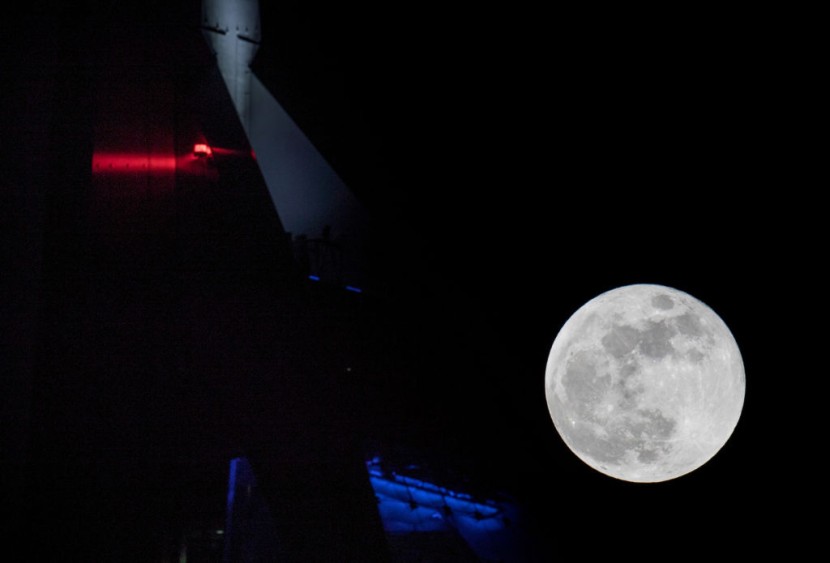
The spooky season is fast approaching and this year it is expected to get even scarier.
On the night of Halloween, the sky will be lit by a blue moon, which will be the second full moon in a month. According to NASA's National Space Science Data Center, this rare happening only occurs once every two and a half years on average.
Now in a perfect world, a blue moon might be understood as a moon that appears blue in the dark night skies. Unfortunately, that is not the case. A blue moon is not noted as a 'blue moon" only because of its color but rather when it takes place.
Full moons typically occur every month. But when 13 full moons come out in a year instead of only having 12, that indicates you have a blue moon.
According to CNN, Earth Sky stated that there are two types of blue moons, a full moon that appeared to be the second full moon of the month, also known as a monthly blue moon, or when it happened to be the third of four full moons in a season, called the seasonal blue moon.
Each month has a full moon, but since the calendar year and the lunar cycle are not perfectly synchronized, about every three years we landed up having two full moons in the same calendar month.
The first full moon in October, also known as the harvest moon, will become visible on the first day of the month. The second full moon, or called the blue moon, will be in view on October 31. It is the first occurrence of a blue moon in the Americas after it has last shown in March 2018.
While there is a great possibility that October's blue moon won't appear blue here on Earth, it does not completely mean it's impossible to happen. The presence of several particles in the atmosphere may contribute to how the moon would be seen by the naked eye.
Read also: Male Octopus Gives Birth to 1000 Babies, Surprising Zookeepers in Skidaway Aquarium
Normally, when a moon takes a bluish shade, it is caused by the smoke or dust particles found in the atmosphere, like what could be seen during a major volcanic eruption.
Several volcanic eruptions, including the 1991 eruption of Mount Pinatubo in the Philippines, the 1983 eruption of Mt. Krakatoa in Indonesia, and the 1980 eruption of Mt. St. Helens in the U.S., have all made the moon look blue.
For the first time in all time zones since 1944, this year's full moon will appear on the day of Halloween, as stated by the Farmer's Almanac. Reportedly, the last time a Halloween full moon come to light was in 2001 for the Central Pacific time zones, The Arizona Central reported.
The phenomenon saying, once in a blue moon does not necessarily mean the moon will turn blue on Halloween. While the dark blue shade of the evening sky can affect how it will be viewed, Earth's satellite will most probably not look blue at all.
According to NASA, when the popular phrase "once in a blue moon" was coined, it conveyed something unusual that you would be lucky or unlucky to see in your lifetime.
So, if something you find so uncommon might happen to you on Halloween, there might be a good reason behind it.
Related article: NASA Plans to Land First Woman on the Moon in 2024








